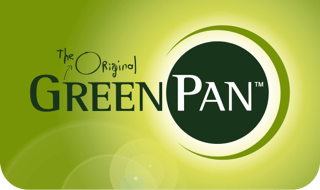PFAS is all over the news these days. There’s even a film about the issue, Dark Waters. And there’s a reason for that. Some PFAS (per- and polyfluoroalkyl substances) have been shown to be toxic for human health and the environment. PFAS have been dubbed ‘forever chemicals’ because of their sheer longevity when released into nature. The good news? There are other options. So it’s high time to choose a PFAS-free future. Here’s why.




